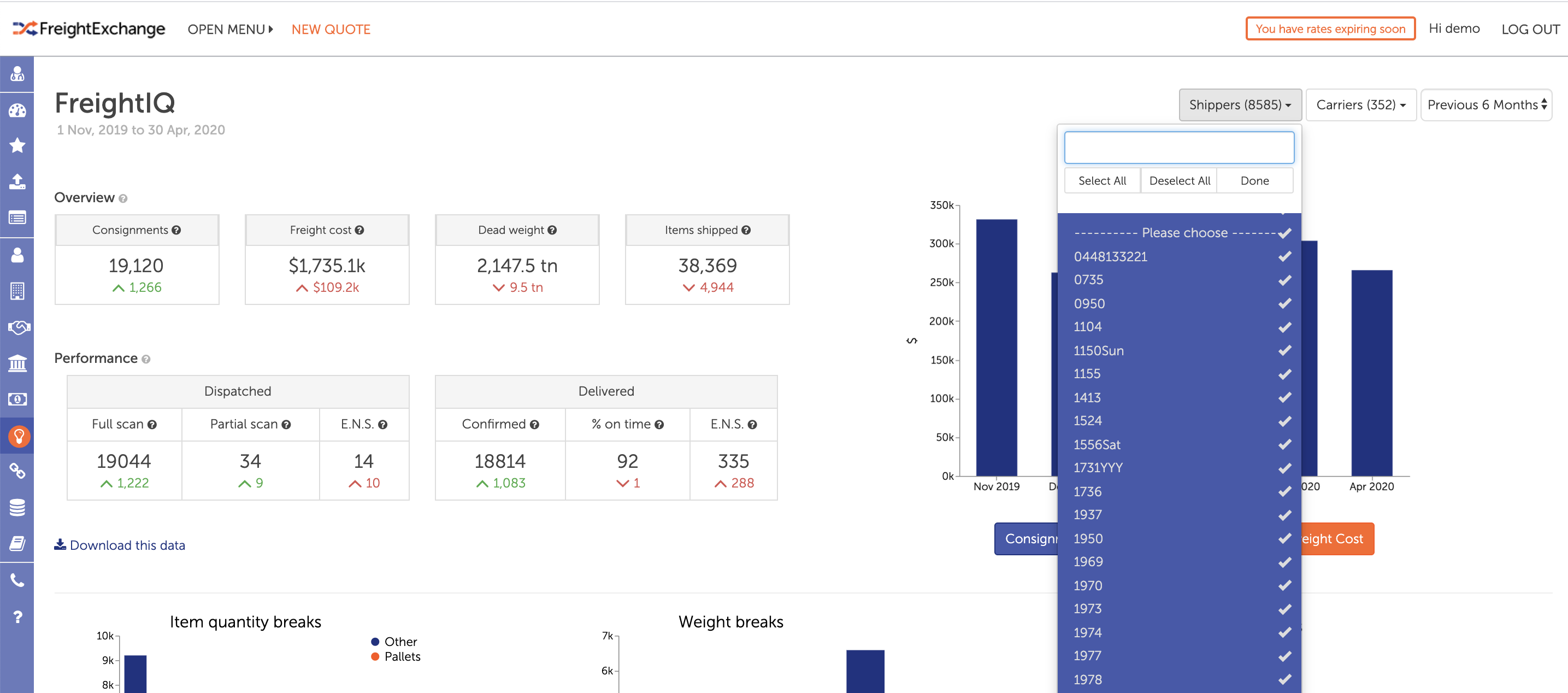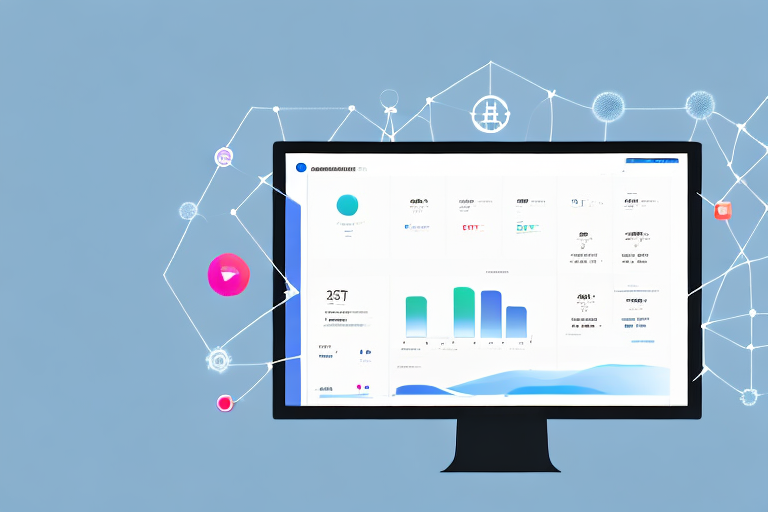On-time delivery (DIFOT) is crucial in the freight management industry as it directly impacts customer satisfaction and the overall success of a business. Late deliveries can lead to unhappy customers, negative reviews, and even financial penalties. Therefore, improving on-time delivery rates should be a top priority for any company in the logistics industry. In this article, we will discuss various strategies to help you increase your on-time delivery percentage.
Understanding On-Time Delivery Percentage (DIFOT) in Freight Management
Improving on-time delivery percentage isn’t easy, but it’s necessary for success in the freight management industry. By understanding key metrics, identifying common causes of late deliveries, and implementing strategies like efficient route planning and advanced technology, you can improve your on-time delivery performance, increase customer satisfaction, and ultimately increase revenue and profitability.







